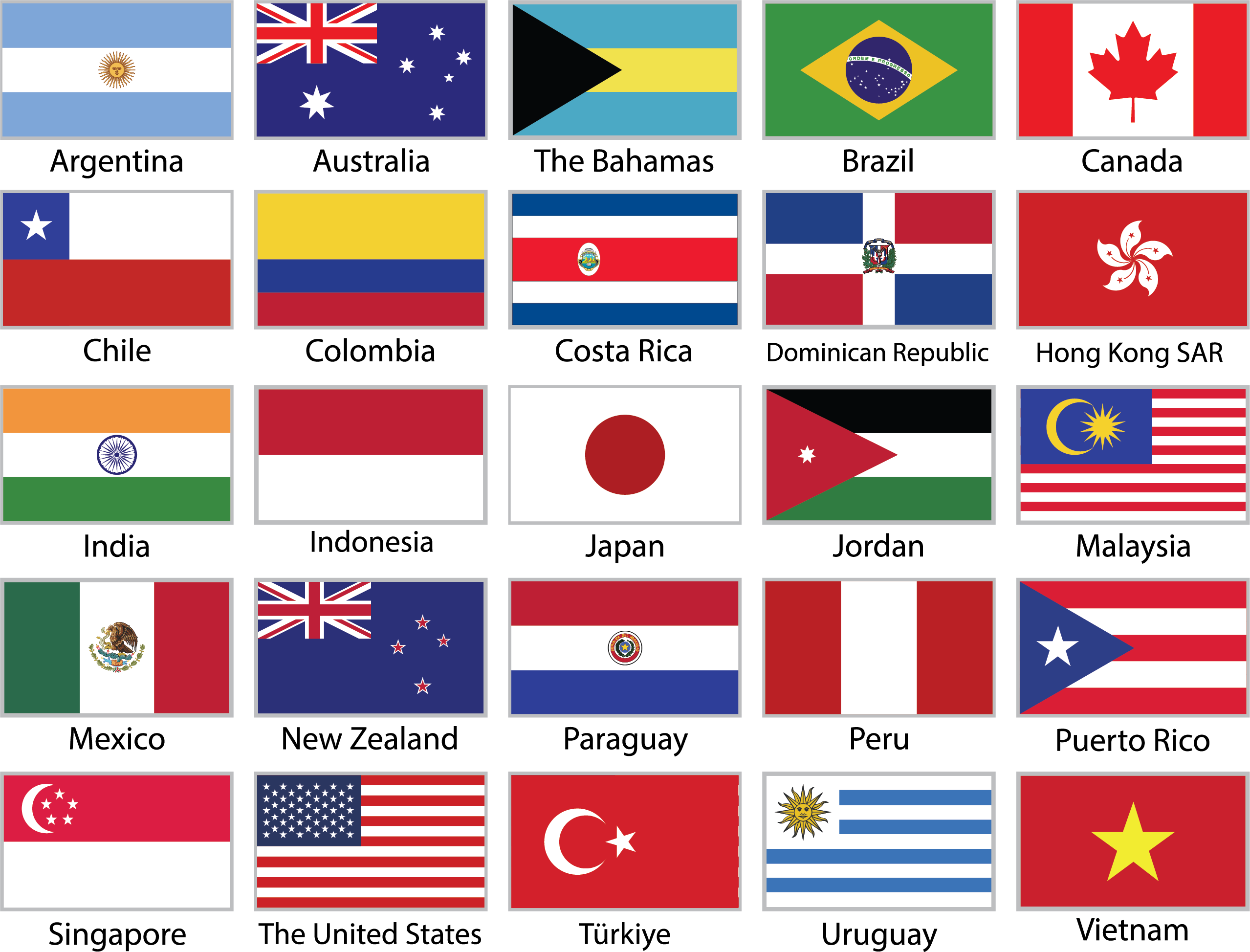“Certified Organic”
The eggs come from producers that follow the USDA’s strict “certified organic” standards. Hens live in pens big enough that the birds are able to engage in natural behaviors and they have access to the outdoors for part of the day. The birds must be fed an organic diet free of antibiotics and pesticides.
“Cage Free” and “Free Range”
Living conditions of ‘cage free’ and ‘free range’ hens usually are considerably better than those of hens confined to the tiny battery cages (where each bird gets a space smaller than a sheet of notebook paper) traditionally used by egg producers, says Paul Shapiro of the Humane Society of the United States. But these terms are not regulated, so they don’t guarantee humane treatment.
“Certified Humane”
This label is regulated by Humane Farm Animal Care, a nonprofit organization that verifies that hens’ living conditions meet welfare standards approved by groups including the Humane Society of the United States. Hens are kept in pens that allow them to engage in natural behaviors.
“High in Omega-3s”
These eggs contain omega-3 fats because the hens that laid them were fed a special flaxseed diet. Chickens convert plant omega-3 fats into more biologically active omega-3s (DHA/EPA). One high-omega-3 egg generally contains about 200 mg of DHA/EPA, comparable to that in a 3-ounce serving of canned light tuna.
“United Egg Producers Certified”
United Egg Producers, a trade group that includes over 80% of U.S. egg producers, regulates this label. The mark simply reflects that the producer followed industry practices set to keep hens healthy and productive.

Eating Well: Egg Buyer’s Guide
Posted: March 15, 2007 by Certified Humane
“Certified Organic”
The eggs come from producers that follow the USDA’s strict “certified organic” standards. Hens live in pens big enough that the birds are able to engage in natural behaviors and they have access to the outdoors for part of the day. The birds must be fed an organic diet free of antibiotics and pesticides.
“Cage Free” and “Free Range”
Living conditions of ‘cage free’ and ‘free range’ hens usually are considerably better than those of hens confined to the tiny battery cages (where each bird gets a space smaller than a sheet of notebook paper) traditionally used by egg producers, says Paul Shapiro of the Humane Society of the United States. But these terms are not regulated, so they don’t guarantee humane treatment.
“Certified Humane”
This label is regulated by Humane Farm Animal Care, a nonprofit organization that verifies that hens’ living conditions meet welfare standards approved by groups including the Humane Society of the United States. Hens are kept in pens that allow them to engage in natural behaviors.
“High in Omega-3s”
These eggs contain omega-3 fats because the hens that laid them were fed a special flaxseed diet. Chickens convert plant omega-3 fats into more biologically active omega-3s (DHA/EPA). One high-omega-3 egg generally contains about 200 mg of DHA/EPA, comparable to that in a 3-ounce serving of canned light tuna.
“United Egg Producers Certified”
United Egg Producers, a trade group that includes over 80% of U.S. egg producers, regulates this label. The mark simply reflects that the producer followed industry practices set to keep hens healthy and productive.
Category: news